Basic Calculator
A Little About Calculators
An electronic calculator is typically a portable electronic device used to perform calculations, ranging from basic arithmetic to complex mathematics.
The first solid-state electronic calculator was created in the early 1960s. Pocket-sized devices became available in the 1970s, especially after the Intel 4004, the first microprocessor, was developed by Intel for the Japanese calculator company Busicom. They later became used commonly within the petroleum industry (oil and gas).
Modern electronic calculators vary from cheap, give-away, credit-card-sized models to sturdy desktop models with built-in printers. They became popular in the mid-1970s as the incorporation of integrated circuits reduced their size and cost. By the end of that decade, prices had dropped to the point where a basic calculator was affordable to most and they became common in schools.
Computer operating systems as far back as early Unix have included interactive calculator programs such as dc and hoc, and calculator functions are included in almost all personal digital assistant (PDA) type devices, the exceptions being a few dedicated address book and dictionary devices.
In addition to general purpose calculators, there are those designed for specific markets. For example, there are scientific calculators which include trigonometric and statistical calculations. Some calculators even have the ability to do computer algebra. Graphing calculators can be used to graph functions defined on the real line, or higher-dimensional Euclidean space. As of 2016, basic calculators cost little, but scientific and graphing models tend to cost more.
In 1986, calculators still represented an estimated 41% of the world's general-purpose hardware capacity to compute information. By 2007, this had diminished to less than 0.05%.
Electronic calculators contain a keyboard with buttons for digits and arithmetical operations; some even contain "00" and "000" buttons to make larger or smaller numbers easier to enter. Most basic calculators assign only one digit or operation on each button; however, in more specific calculators, a button can perform multi-function working with key combinations.
Usual basic pocket calculator layout | |||
MC | MR | M− | M+ |
C | ± | % | √ |
7 | 8 | 9 | ÷ |
4 | 5 | 6 | × |
1 | 2 | 3 | − |
0 | . | = | + |
Calculator buttons and their meanings | |
MC or CM | Memory Clear |
MR, RM, or MRC | Memory Recall |
M− | Memory Subtraction |
M+ | Memory Addition |
C or AC | All Clear |
CE | Clear (last) Entry; sometimes called CE/C: a first press clears the last entry (CE), a second press clears all (C) |
± or CHS | Toggle positive/negative number aka CHange Sign |
% | Percent |
÷ | Division |
× | Multiplication |
− | Subtraction |
+ | Addition |
. | Decimal point |
√ | Square root |
= | Result |
Example
A basic explanation as to how calculations are performed in a simple four-function calculator:
To perform the calculation 25 + 9, one presses keys in the following sequence on most calculators: 2 5 + 9 =.
When 2 5 is entered, it is picked up by the scanning unit; the number 25 is encoded and sent to the X register;
Next, when the + key is pressed, the "addition" instruction is also encoded and sent to the flag or the status register;
The second number 9 is encoded and sent to the X register. This "pushes" (shifts) the first number out into the Y register;
When the = key is pressed, a "message" (signal) from the flag or status register tells the permanent or non-volatile memory that the operation to be done is "addition";
The numbers in the X and Y registers are then loaded into the ALU and the calculation is carried out following instructions from the permanent or non-volatile memory;
The answer, 34 is sent (shifted) back to the X register. From there, it is converted by the binary decoder unit into a decimal number (usually binary-coded decimal), and then shown on the display panel.
Other functions are usually performed using repeated additions or subtractions.
Processor chip's contents | |
Unit | Function |
Scanning (Polling) unit | When a calculator is powered on, it scans the keypad waiting to pick up an electrical signal when a key is pressed. |
Encoder unit | Converts the numbers and functions into binary code. |
X register and Y register | They are number stores where numbers are stored temporarily while doing calculations. All numbers go into the X register first; the number in the X register is shown on the display. |
Flag register | The function for the calculation is stored here until the calculator needs it. |
Permanent memory (ROM) | The instructions for in-built functions (arithmetic operations, square roots, percentages, trigonometry, etc.) are stored here in binary form. These instructions are programs, stored permanently, and cannot be erased. |
User memory (RAM) | The store where numbers can be stored by the user. User memory contents can be changed or erased by the user. |
Arithmetic logic unit (ALU) | The ALU executes all arithmetic and logic instructions, and provides the results in binary coded form. |
Binary decoder unit | Converts binary code into decimal numbers which can be displayed on the display unit. |
Clock rate of a processor chip refers to the frequency at which the central processing unit (CPU) is running. It is used as an indicator of the processor's speed, and is measured in clock cycles per second or the SI unit hertz (Hz). For basic calculators, the speed can vary from a few hundred hertz to the kilohertz range.
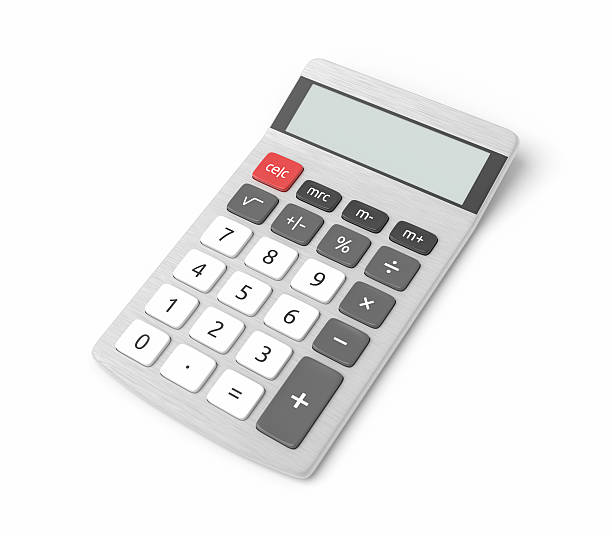

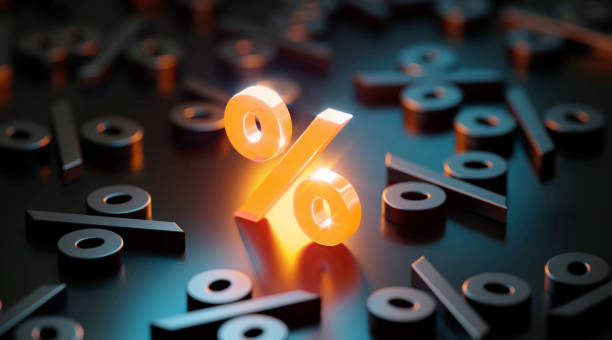


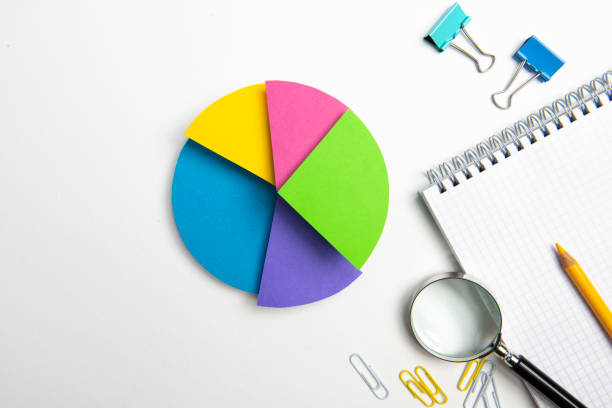

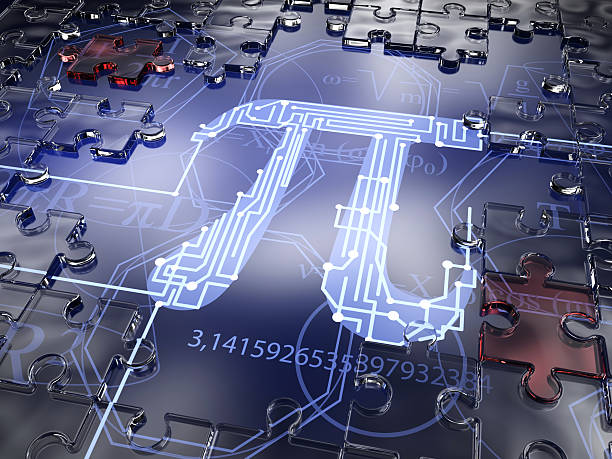



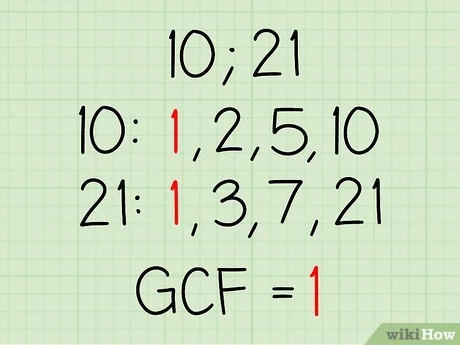
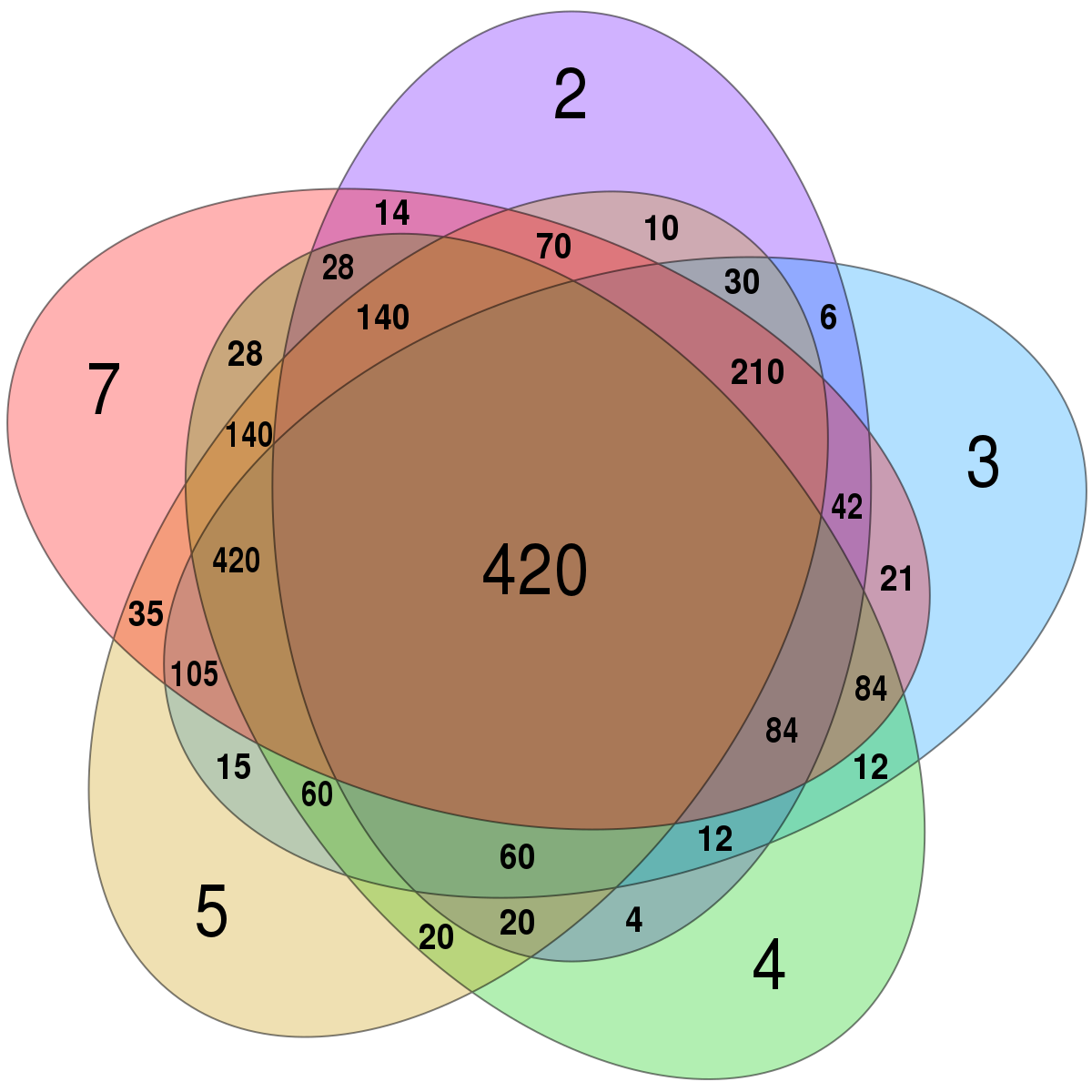




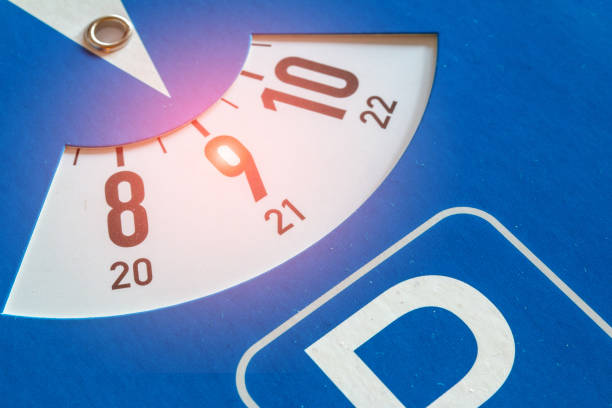
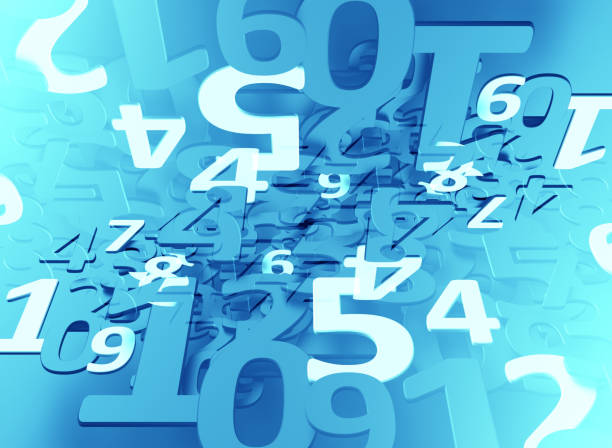
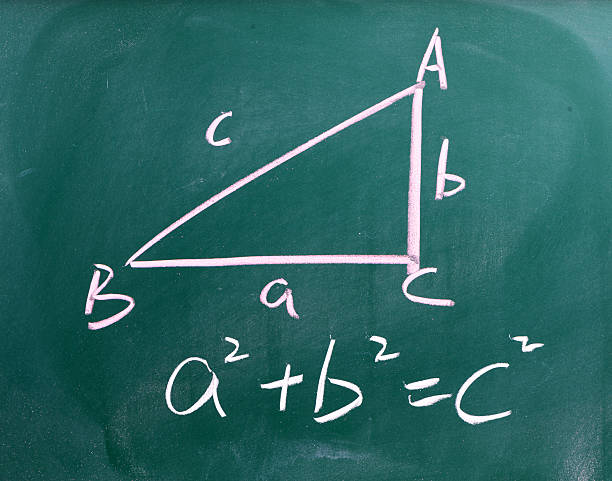
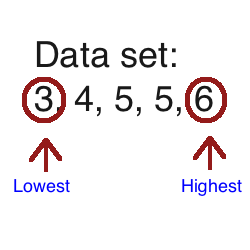
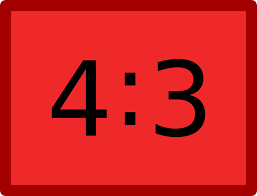

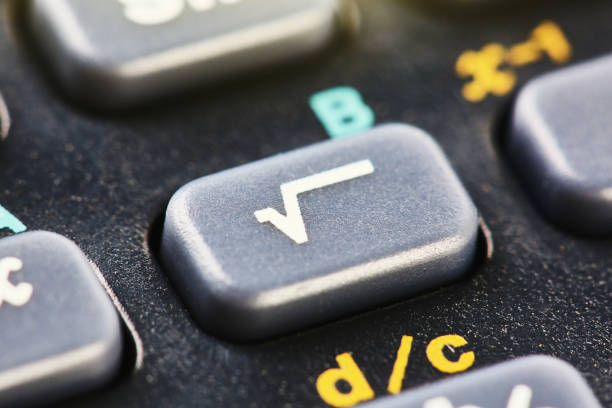
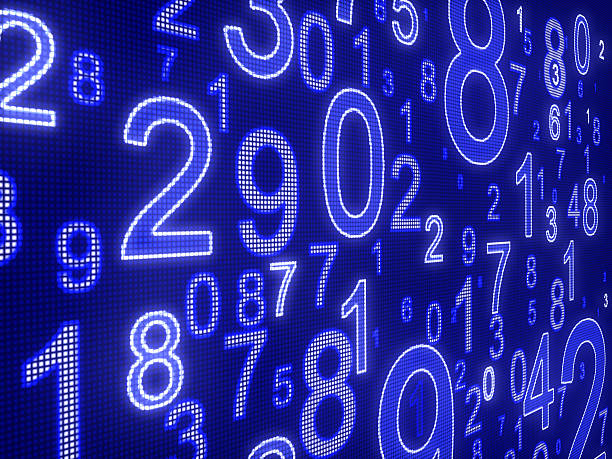
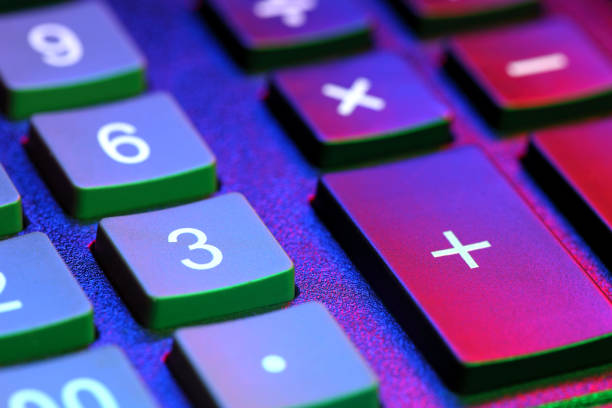
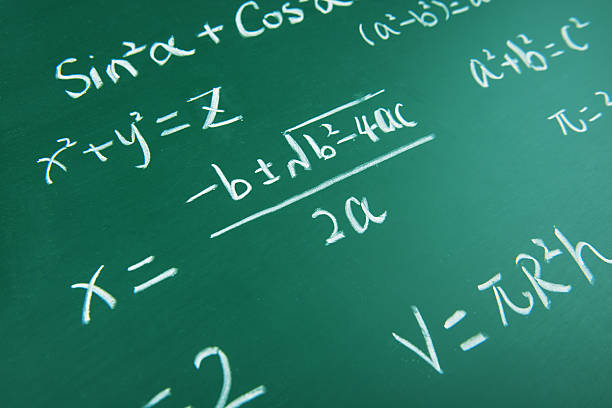

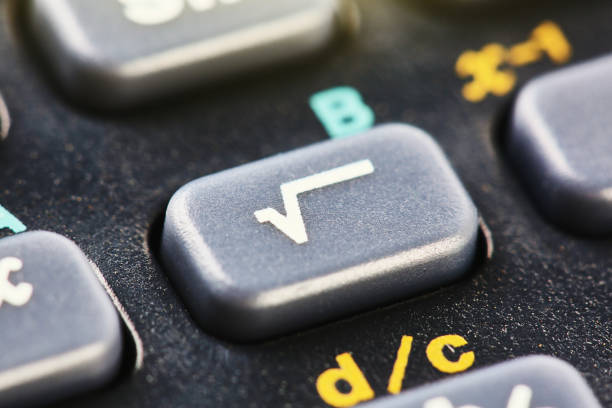
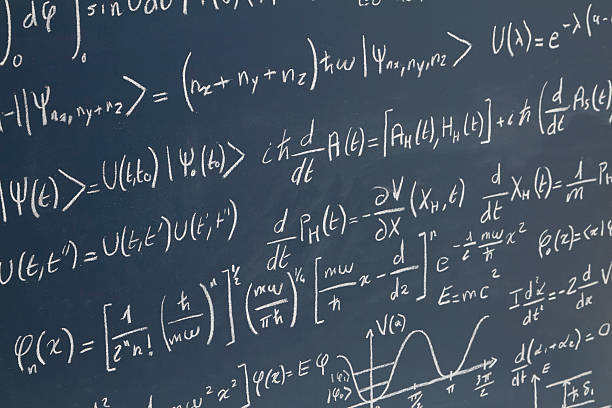




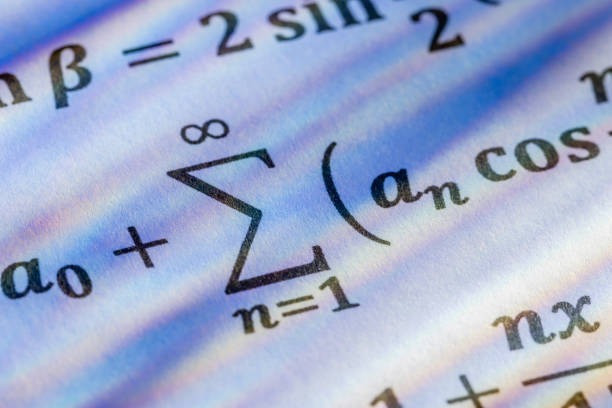


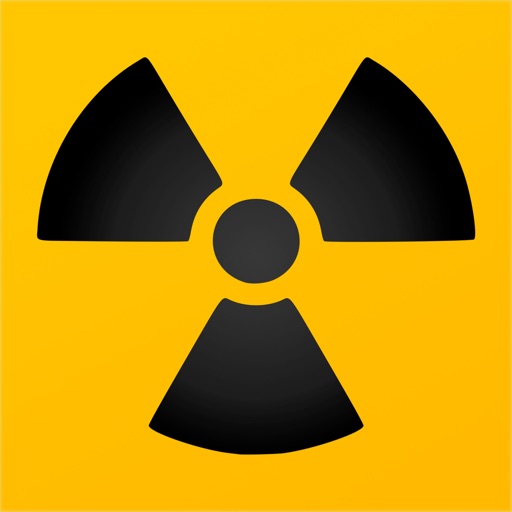
Comments (2)
Kush Mahish
nice and simple, thanks
User
nice